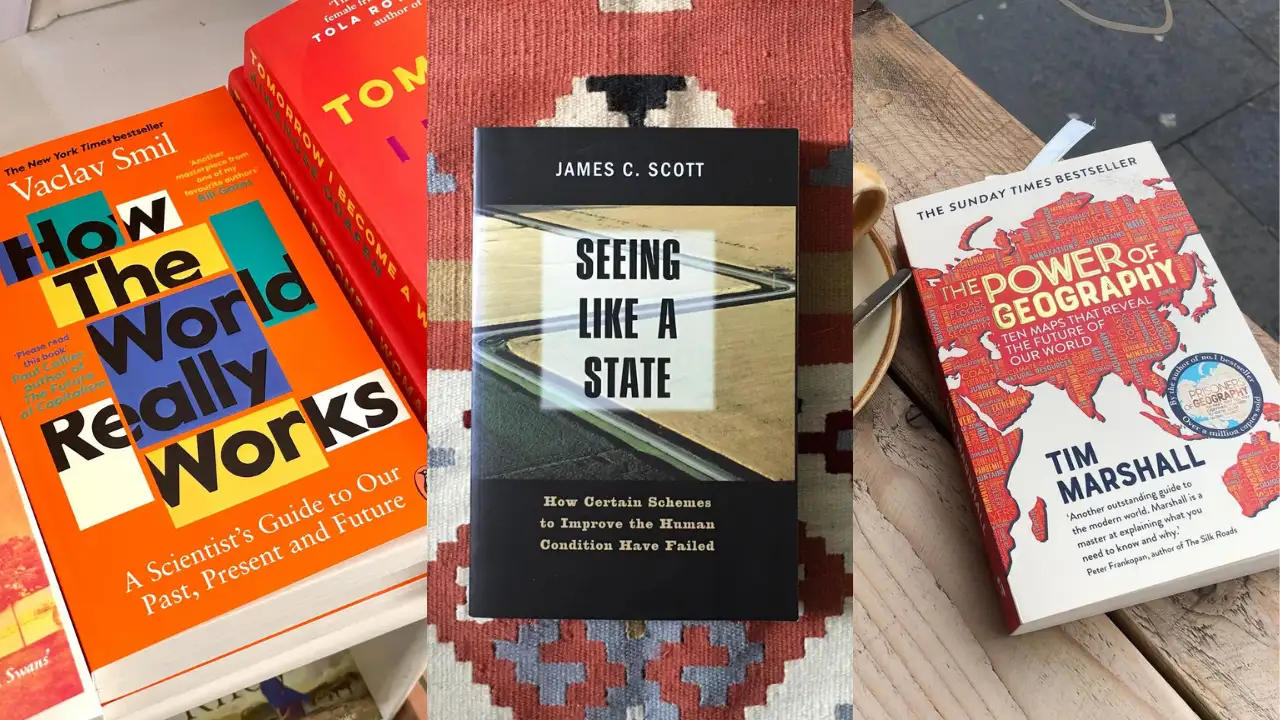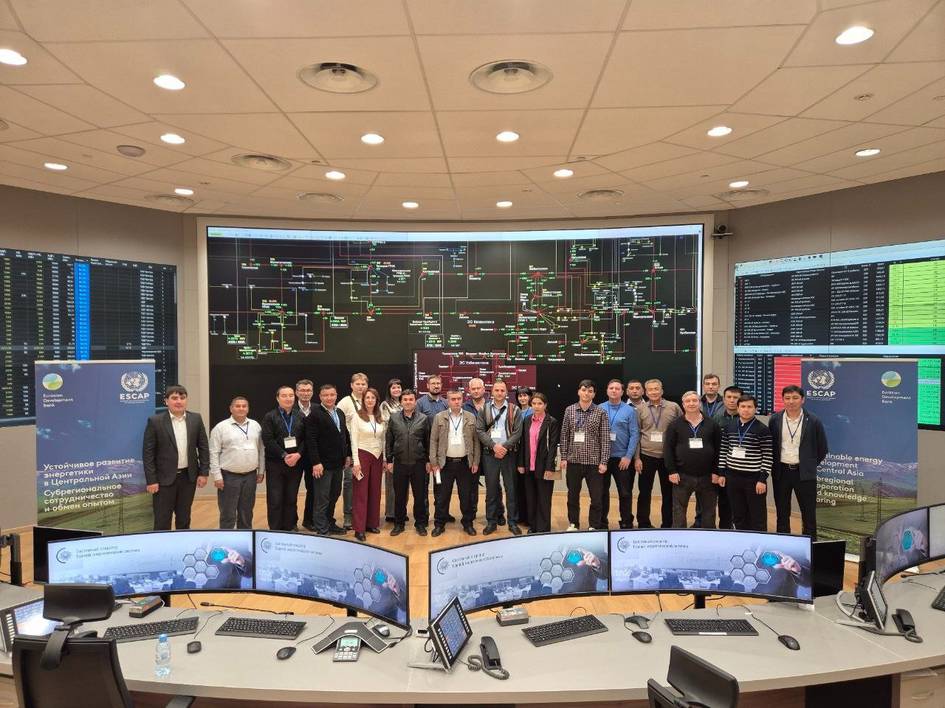Copyright timesnownews

The world is messy and complicated, and that's exactly what makes it fascinating. While clickbait headlines promise simple answers, real understanding takes nuance. These ten non-fiction books refuse to dumb things down. They treat readers like curious adults who can handle complexity, offering rich perspectives on economics, history, science, and society. Each one challenges you to think harder and see clearer, proving that the best explanations honour both the intelligence of readers and the intricate truth of our world. Also Read: 10 Non-Fiction Books So Powerful, They’ll Reshape Your Worldview 1. The Patterning Instinct: A Cultural History of Humanity’s Search for Meaning by Jeremy Lent A writer and systems thinker explores how different cultures have understood reality through recurring patterns that shape their worldviews, values, and behaviour. Jeremy Lent argues that humans find meaning by creating mental patterns, and these patterns are learned through culture, not fixed by nature. He examines Chinese thought focused on balance and cycles, Greek ideas centred on logic and order, Abrahamic religions that see history as a linear path of divine purpose, and modern science that views the universe as a machine. Lent shows how these ways of thinking have influenced technology, society, and the environment. He connects today’s environmental crisis to the Western habit of seeing nature as a resource instead of a living system we are part of. 2. The Origins of Virtue: Human Instincts and the Evolution of Cooperation by Matt Ridley A science writer explores how cooperation evolved, despite natural selection favouring selfish genes, examining the biological and cultural systems that enable human cooperation. Matt Ridley challenges the idea that people are either selfish or selfless. Instead, he shows we are conditionally cooperative: we help those who help us and punish those who cheat. He explains game theory ideas like the prisoner’s dilemma and how repeated interactions make cooperation the most successful strategy. Ridley looks at cooperation across all levels, from cells to nations, and finds common patterns of reciprocity, reputation, and punishment that keep systems working. He shows how emotions like guilt, gratitude, and outrage help regulate fairness, making us naturally inclined to cooperate but also cautious about being used. 3. The Power of Geography: Ten Maps That Reveal the Future of Our World by Tim Marshall A journalist explains how geography, including mountains, rivers, and climate, still shapes world politics and power, even in the digital age. Tim Marshall explores countries like Australia, whose isolation protects it, Greece, whose mountains divide it, and Turkey, which uses its position between continents for influence. He shows how Russia’s open borders and lack of warm-water ports drive its military behaviour, while China’s rivers and coastline helped unify it and build trade. Marshall discusses how melting Arctic ice opens new trade routes and how space has become the next frontier for power. He also explains how climate change is shifting global advantages and creating new tensions. 4. The Expanding Circle: Ethics, Evolution, and Moral Progress by Peter Singer A philosopher explores how our sense of morality has grown over history, from caring only about family to including tribe, nation, all humanity, and even animals and future generations. Peter Singer argues that reason and evolution together explain this progress. Natural selection gave us instincts to help kin and those who help us back, while reason lets us see that it makes no sense to limit moral concern to our own group. He shows how moral circles widened as people realised that race, gender, or nationality do not make someone’s suffering less important. Singer studies the tension between our natural tendency to favour our own group and the rational idea of fairness for all. He asks whether expanding moral concern means real progress or just changing opinions, arguing that some moral views are objectively better because they are more consistent and logical. 5. The Hidden Half: How the World Conceals Its Secrets by Michael Blastland A journalist explores how much uncertainty and variation exist in things we think we understand, showing that our explanations often cover only half the truth. Michael Blastland looks at identical twins who end up different, medicines that work for some but not others, and social programs that succeed in one place yet fail elsewhere. He explains that our brains want clear answers and struggle to accept that randomness and hidden factors often decide results. The book examines the “replication crisis” in science, where many studies cannot be repeated, proving that unseen differences and chance play larger roles than expected. Blastland does not claim that nothing can be known. He says our explanations often capture some truth while leaving much unexplained. He also explores why experts and the public dislike uncertainty, preferring confident predictions even when unreliable. 6. The End of Average: How We Succeed in a World That Values Sameness by Todd Rose A Harvard researcher argues that designing for the “average person” fails everyone. Todd Rose explains how the idea of the “average man,” introduced in the 1800s, was meant as a statistical tool but became an unrealistic social standard. He shows how education, jobs, and systems were built for the average user, even though real people vary greatly. Rose tells how the U.S. Air Force learned that cockpits built for the average pilot fit no one, and redesigning for individual adjustment improved performance for all. He introduces the “jaggedness principle,” showing that strength in one area doesn’t mean strength in another, and that human talent is uneven and unique. He also explains the “pathways principle,” meaning that people reach goals in different ways, so one-size-fits-all systems unfairly block many capable individuals. 7. How the World Really Works: The Science Behind How We Got Here and Where We’re Going by Vaclav Smil A scientist examines the material base of modern civilisation, including energy, food, materials, and trade, and challenges simple ideas about progress. Vaclav Smil explains that despite our digital age, the world still depends on fossil fuels, large-scale farming, steel, concrete, and plastics, which are hard to replace. He uses numbers to show why batteries cannot yet replace fuel for planes and ships, why solar and wind energy face storage issues, and why shifting away from fossil fuels will take decades. Smil describes how the Green Revolution relied on fertiliser made from natural gas, meaning today’s population depends on industrial agriculture. He shows how global trade, while efficient, is fragile when disrupted by crises like pandemics. 8. The Ape That Understood the Universe: How the Mind and Culture Evolve by Steve Stewart-Williams A psychologist imagines how aliens might study humans and explains our behaviour through evolution and culture. Steve Stewart-Williams explores topics like sex differences, cooperation, and morality, showing how biology shapes instincts and culture shapes how they appear. He explains how evolution led to patterns such as men’s higher risk-taking and women’s stronger investment in parenting, while making clear that these are general trends, not rules. He also explores how humans can be both selfish and generous, depending on the situation and culture. The book explains how culture evolves as ideas and habits spread and change over time, building human progress. 9. The Information: A History, a Theory, a Flood by James Gleick A science historian traces how the idea of information became central to understanding the modern world, from African talking drums to the telegraph, telephone, and computers, leading up to today’s flood of data. James Gleick explains Claude Shannon’s information theory, showing that information is real, measurable, and exists apart from meaning. He explores how new communication technologies have changed the way people think, remember, and connect, as external storage slowly replaced memory. Gleick describes the invention of the alphabet as an early information tool that let ideas live beyond one person’s mind, and how printing multiplied this effect. He also shows that people in every era feared information overload, from too many books to the chaos of social media. 10. Seeing Like a State: How Certain Schemes to Improve the Human Condition Have Failed by James C. Scott An anthropologist studies why some government plans to modernise societies fail disastrously. James C. Scott looks at examples like Soviet collectivisation, Tanzanian resettlement, and the planned city of Brasília, showing how ambitious projects ignored local wisdom. He explains that states need to simplify societies through maps, censuses, and standard measures to make them governable. Yet this process erases local knowledge and flexibility that communities depend on. Scott introduces “metis,” practical knowledge gained from experience, which high-level planners often overlook. He shows how grand modernist schemes collapse because they rely only on theory and ignore how people actually live. Also Read: 10 Non-Fiction Books So Provocative They Should Come With a Warning Label Simple answers might feel satisfying in the moment, but they rarely stick or serve us well. These ten books offer something better: the tools to understand our world as it actually is, with all its contradictions and connections. They prove that respecting complexity doesn't mean creating confusion. When you close the final page of any of these books, you won't just know more facts. You'll think differently, question assumptions, and see patterns you missed before. That's the real gift of reading that refuses to oversimplify.



